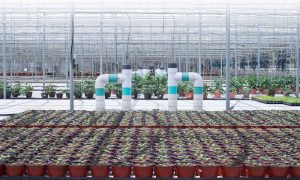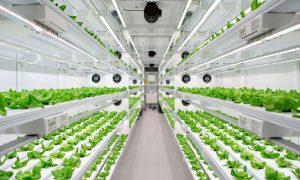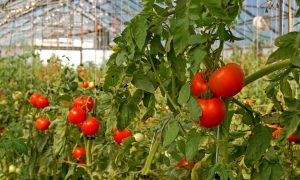Tobacco
Occupies an important place in agriculture and the economy of the Republic of Croatia. With over 120 and more million kuna, it exceeds the total value of grape production.
Although when tobacco is mentioned, everyone has only one idea, and that is smoking tobacco in the form of cigarettes and pipe tobacco, but there are also products for chewing, sniffing and use in the perfume and cosmetics industries and in some special applications.

For successful outdoor production, it is necessary to produce quality and healthy tobacco seedlings. Thus, at the end of February, Croatia is preparing to sow tobacco seedlings. The current traditional technique and technology of cultivation in hot hatcheries has been replaced by production in hydroponics.
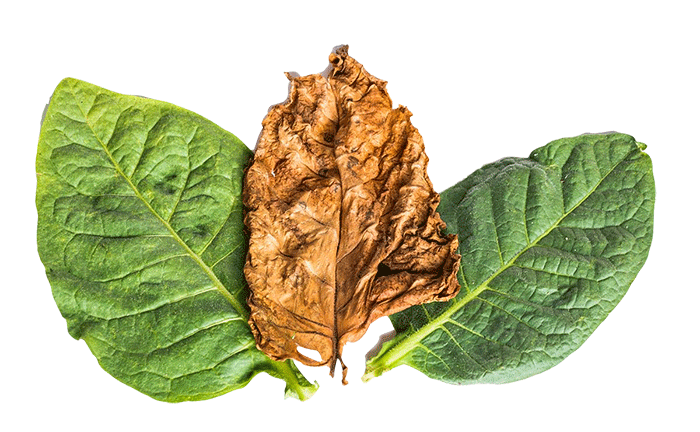

The hydroponic system of growing tobacco seedlings is growing on a nutrient medium. Simplified, hydroponic cultivation of tobacco seedlings in hydropon is cultivation in tunnels with swimming pools with water and water-soluble nutrients and pesticides that guarantee healthy and quality plant material for outdoor planting. Therefore, it is necessary to monitor the key parameters in aqueous solution: pH, EC, TDS and temperature. Tobacco seedlings are grown in trays in a mixture of substrate supplied with a specified pH of 6.0 and tobacco seeds are always peeled due to their small size.
In addition to basic fertilizers, pesticides are added to the nutrient solution, primarily fungicides that change the pH of the aqueous solution in which tobacco seedlings are grown.
With proper irrigation control the quality and quantity of plants can be significantly enhanced.
Is not a simple process: the quantity of water must be sufficient for plants, and if not, photosynthesis and overall growth is impeded. However, if the amount of water is more than required, plant growth may become excessive, producing a tall, softer and/or damaged product.
We design and manufacture a complete, ready-to-install, ferti-irrigation system for our customers.
Our fertigation system integrates Hanna Instruments process equipment with high-quality industrial products to create two types of systems:
- Direct injection of nutrients
- Mixing tank
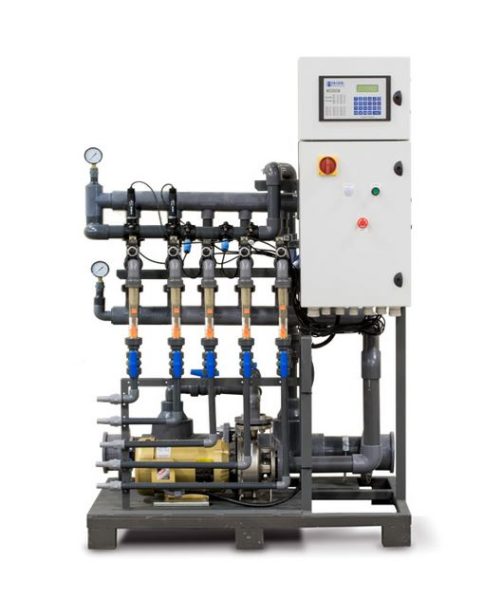
The Fertigation Controller can control the quantity of irrigation water based on time or volume. Different sectors can be irrigated at different times during the day with different water quantities.
With the Fertigation Controller, each irrigation program provides control of pH and conductivity. When necessary, a specific program performs a pH correction by the introduction of an acid or base into the irrigation water. pH control is based on multiple sensor input and a specific set point, while conductivity control is directly related to the level of fertilization.
When the Fertigation Controller commands the addition of 1 to multiple fertilizers in the irrigation stream, conductivity sensors continually monitor the conductivity of the stream and the overall amount of fertilization is maintained based on a specified set point (limit). The Fertigation Controller can command the addition of multiple (1 to 4) fertilizers to irrigation water. The percentage of each fertilizer is set up by the user and controlled by a specific program based on the conductivity set point.
If a pH or conductivity control problem arises, the program generates an alarm to inform the user. All operations of both control processes are stored in the memory.
The Fertigation controller performs all necessary operations, monitoring, control of irrigation, and fertilization processes. These operations are conducted continuously throughout the day, month and year.
The temperature in the greenhouse is one of the critical parameters, and should be maintained at prescribed intervals, so that plants and the entire batch do not experience shock, stunted growth or decay. Temperatures should never fall below 5 ° C and the temperature should not exceed 35 ° C throughout the growing period in the greenhouse. The most optimal temperature regime is night value around 15 ° C, and day value up to 24 ° C. The temperature can be very easily controlled with temperature data loggers, which can successfully keep the whole process under control.
Temperature Datalogger - HI148
Quick to setup, simple to use, the HI148 is a datalogger that is ideal for monitoring and recording temperature in applications such as food processing, transportation, museums, and horticulture.
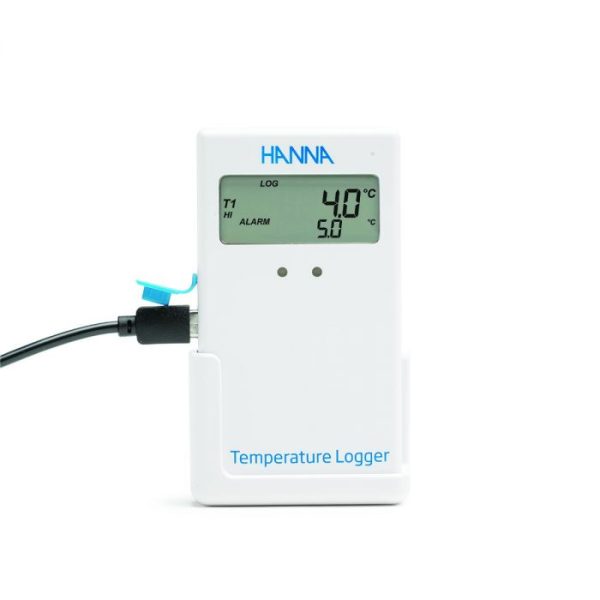
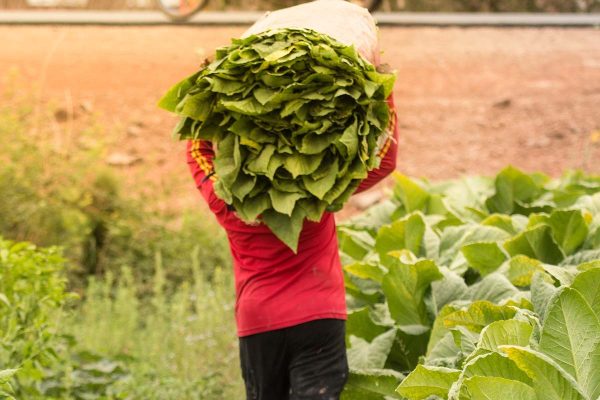
In hydroponic tobacco cultivation, pruning of seedlings is mandatory when it reaches a height of 4 to 5 cm, and the purpose of pruning is to obtain uniform seedlings. Also, a reduction in the growth of stronger plants is achieved, and weaker plants are thus encouraged to grow.
Of course, pruning is carried out several times and nutrients, pesticides and fungicides are continuously added to the solution to protect against root rot. All these actions affect the saturation of the solution with salts and a careful approach to the control of all parameters in the hydropon is required.
Before transplanting tobacco, it is necessary to check and analyze the soil, because the receipt and quality of the crop largely depend on it. The pH of the soil that tobacco prefers is 5.2 -6.5. In the soil we can use HI98168 to quickly and accurately measure the pH so we can make a correction with mineral fertilizers.
Professional Soil pH Meter GroLine HI98168
The HI98168 is a rugged, waterproof, portable pH meter that allows for the direct measure of soil pH. This meter is supplied with a specialized pH electrode that has a rugged conical tip for insertion in soil.
Besides being supplied with a unique pH electrode made for soil analysis, the HI98168 has the Hanna’s unique CAL Check™ feature that alerts the user to potential problems during the calibration process. This is a very important since it is likely that the probe will be coated with soil. This coating can easily lead to errors in pH measurement.
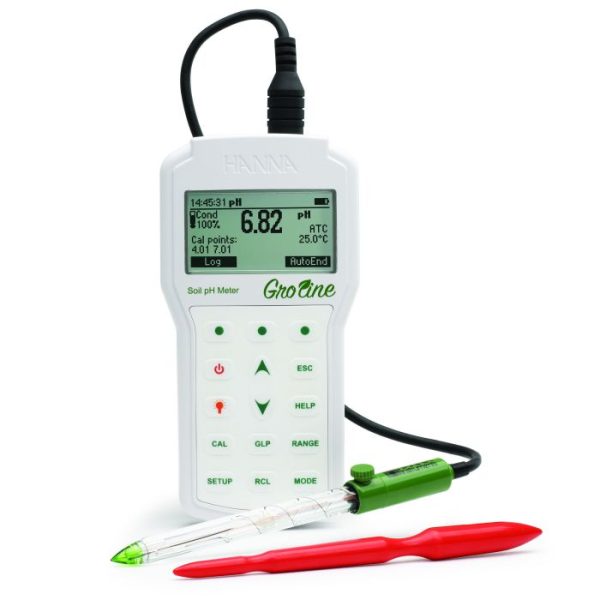
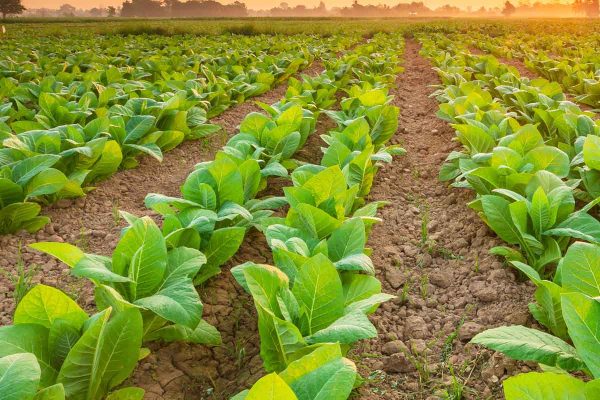
It is important that mineral fertilizers do not contain chlorine because tobacco is particularly sensitive to the presence of chlorine. So, if the cultivated area is irrigated by acidification or drip system, it is mandatory to measure the salinity and water quality. The electrical conductivity (EC) of the soil works side by side with the pH parameter. EC helps keep track of the amount of nutrients available to your plants. It can also give you an idea of the dissolved salts in the soil.
Direct Soil EC Tester Soil Test™ HI98331
The Soil Test™ Direct Soil EC Tester – HI98331 is a rugged and reliable pocket-sized tester that offers quick and accurate readings. The Soil Test™ Direct Soil EC Tester – HI98331 features a stainless steel penetration probe for direct measurement of conductivity in soils. With a compact size, single button operation, and automatic calibration, Soil Test is an excellent choice for taking direct conductivity measurements in soil.
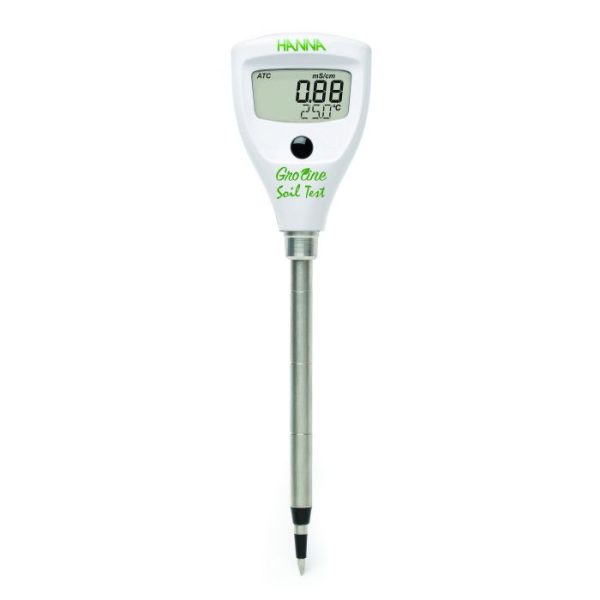
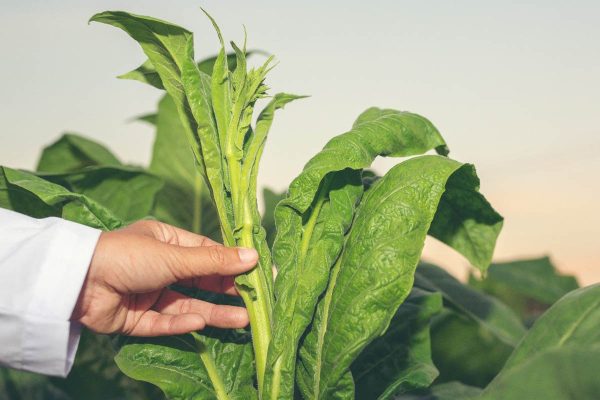
Depending on the type and assortment of tobacco, its needs also depend, and in areas where tobacco is grown, pH values lower than 4.5 were measured.
In the last few years, a significant amount of funds has been invested to increase soil quality and to raise the pH value of soil and organic matter by BAT to about 1000 ha. Calcification and irrigation measures are a priority in the future of cultivation, and thus measurements to be made before, during and after the tobacco planting and harvesting campaign in order to preserve the value and quality of soil for the future and plan production and order adequate quantities of raw materials.
Author:
Saša Perica, back.ing.agr
Sources:
https://www.bib.irb.hr/898989https://agrimatco.hr/strucni-savjeti/duhan
https://icl-sf.com/hr-hr/product-guide/tropske-kulutre/duhan/
http://ishranabilja.com.hr/literatura/Praktikum%20iz%20ishrane%20bilja.pdf
https://www.haifa-group.com/sites/default/files/article/Tobacco-Manual.pdf

